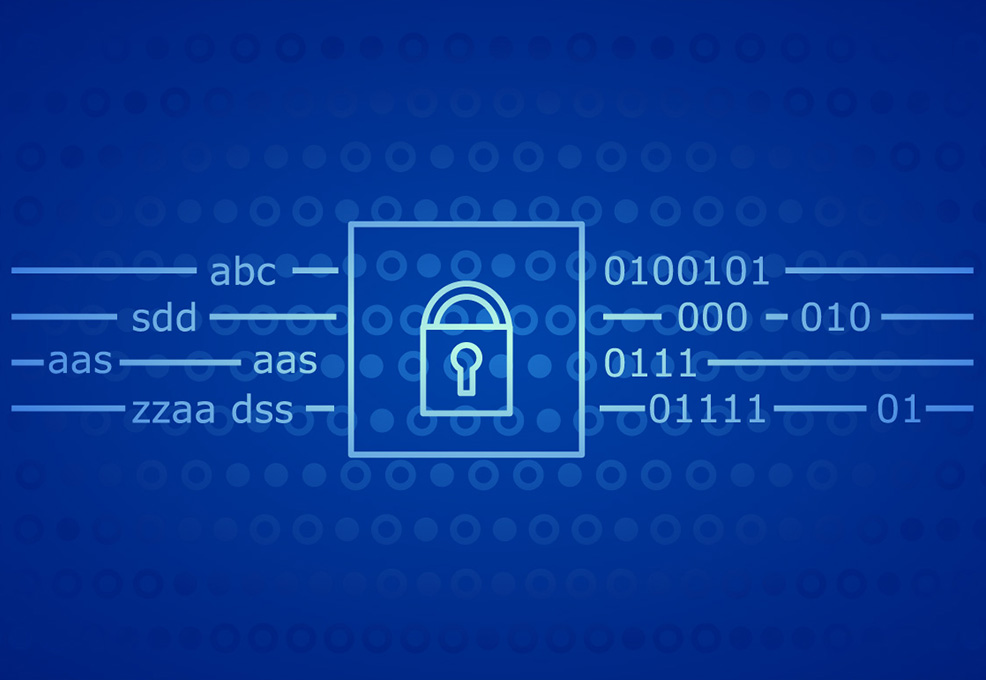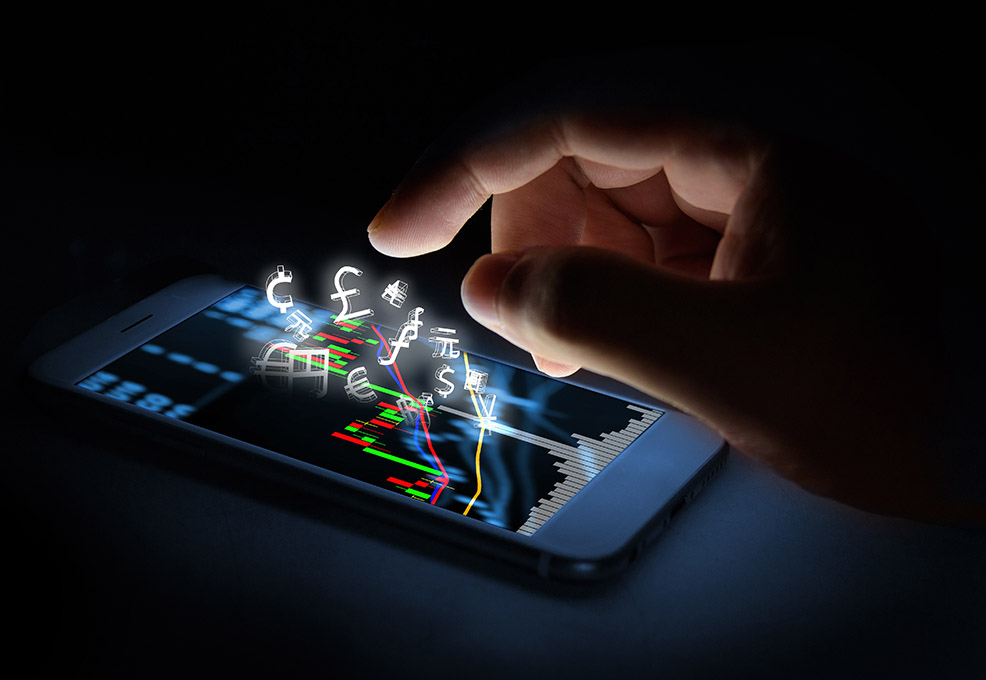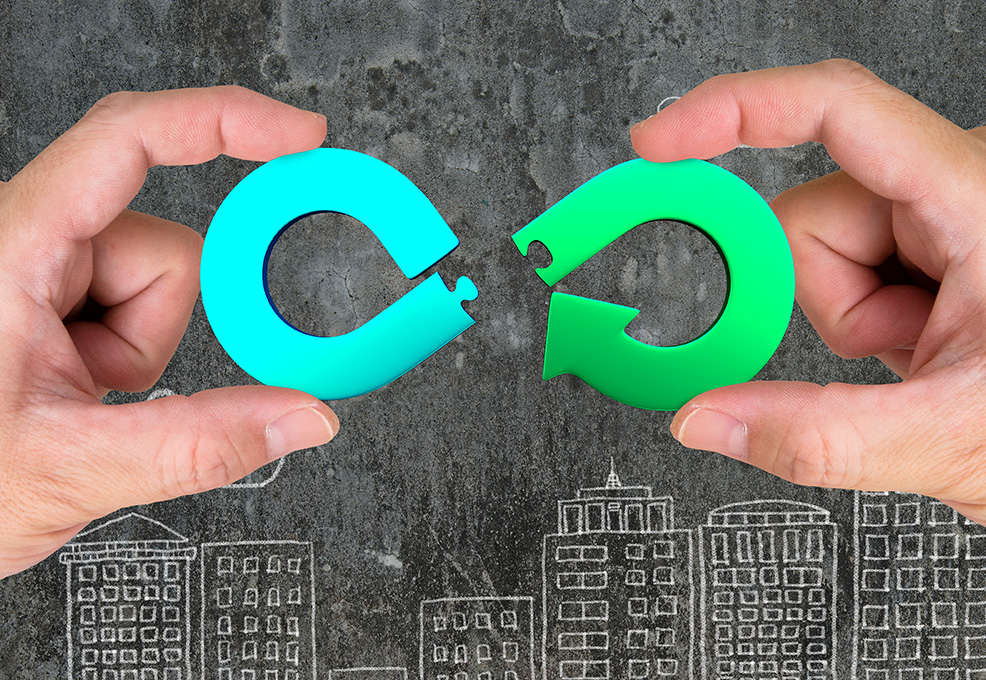Post-Quantum Cryptography-Protecting Our Life From Quantum Computers with Modern Computers

Author(s)
Chung-Dann KanBiography
Chung-Dann Kan M.D. Ph.D. (National Cheng Kung University, Tainan, Taiwan) is currently a Professor and attending Physician of the Department of Surgery, National Cheng Kung University Hospital, and Institute of Clinical and Cardiovascular Research Center, Medical College, Tainan, Taiwan. His research interests include regeneration medicine, aortic stent graft, and medical device innovation.
Academy/University/Organization
National Cheng Kung UniversitySource
https://www.worldscientific.com/doi/abs/10.1142/S0219519419400177?journalCode=jmmb
https://www.org.tw/futuretech/index.php?action=product_detail&prod_no=P0008700003729&web_lang=en-us-
TAGS
-
Share this article
You are free to share this article under the Attribution 4.0 International license
- ENGINEERING & TECHNOLOGIES
- Text & Image
- November 23,2020
By using on-demand, multi-sensor wearable 3D printed medical devices, we can not only detect arteriovenous access dysfunction early, but we can also offer a better solution for holistic hemodialysis patient care. This project aimed to design a wearable medical device which can measure and monitor the hemodynamically significant stenosis of the dialysis access primarily using a phonoangiography (PAG) sensor for exploring vascular pitch patterns, and secondarily a photoplethysmography (PPG) sensor for estimating the flow volume as a way to double-check the AVA condition. A novel function of the autoregressive (AR) model was added to the PAG-based sensors to detect AVA stenosis and simultaneously audit the status of its life cycle by tracking and obtaining changes in the frequency spectra domain. It helps hemodialysis patients have earlier awareness of the dysfunction of AVA, and reminds them to make a return hospital visit. In the future, the vital sign sensors embedded in the 3D printed devices could improve the prognosis and optimize overall health by providing analysis of physiological signals. With these sensors, the concept of holistic hemodialysis patient care (HHPC) might be achieved.

Multi-sensor wearable 3D-printed medical device for hemodialysis patient care
The ever-increasing incidence and patients of end-stage renal disease (ESRD) have already become a major burden for health budgets and a threat to public health in Taiwan. According to the United States Renal Data System Annual Data Report in 2017, the incidence rate of ESRD in Taiwan is still the highest in the world. Moreover, for this population of 87,000 ESRD patients receiving hemodialysis treatment, the total cost is up to NT$50.3 billion annually from the National Health Insurance (NHI) program budget. Every patient needs arteriovenous access (AVA) as a hemodialysis route for maintaining their life. However, after years of using these AVAs, something may eventually go wrong, especially the development of AVAs stenosis or occlusion.
Early detection of AVA stenosis has become an important issue in recent years. In cases of AVA vascular stenosis, when turbulent blood flow encounters resistance in narrowed blood vessels, it will result in the development of a high-pitched murmur. The changes in frequency and amplitude depend on the location and severity of the AVA stenosis, with frequency peaks ranging between 25 and 800 Hz. Direct auscultation on AVA is a simple and common method for detecting the condition of local fluid motion. We use electronic stethoscopes to record these AVA murmurs and bruits, and obtain phonoangiography (PAG) signals for further accessing these AVA functions by comparing them with angioplasty surgical results. Then, signal processing methods, such as short-time Fourier transform and wavelet transform, were used to perform spectral analysis. Specific frequencies and magnitudes were determined with a fixed or a varying window function. From the PAG analytic results, we concluded and could detect the functional conditions of AVAs.
Many medical institutes are already using 3D printing (3DP) technology to fabricate customized external prosthetics, surgical guides for implant placement, simulated implants, and other devices for preoperative planning in recent years. In 2018, we worked out a prototype using AVA-targeted sensors embedded in a personalized 3D printed cast to collect AVA hemodynamic data. On top of that, we further requested on-duty nursing staff to do qualitative validation of sensor results using their stethoscopes. Quantitatively, we used vascular ultrasound as the gold standard for the final conclusion of the AVA stenosis. However, in cases of severe obstruction (i.e., over 95% occlusion), high pitch sound characteristics might not be audible because of low blood flow, resulting in a high risk of false-negative results. Therefore, we combined Photoplethysmography (PPG, for detecting volumetric changes in AVAs) and PAG (for detecting changing pitch patterns in AVAs) on a module and fix on the personalized specific spot for a better and accurate stenosis detecting strategy. By applying a wearable multi-sensor 3DP device to dialysis patient care, we can not only detect the AVA dysfunction situation early, but also provide a better solution of hemodialysis patient care holistically.

Using PAG and PPG sensors to estimate patient’s AV access dysfunction

It contains a smart sensor which will be placed at the unique position pre-defined by the technicians for vascular flow detection.

It could be customized depending on their medical need and desire
STAY CONNECTED. SUBSCRIBE TO OUR NEWSLETTER.
Add your information below to receive daily updates.




